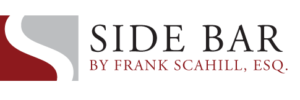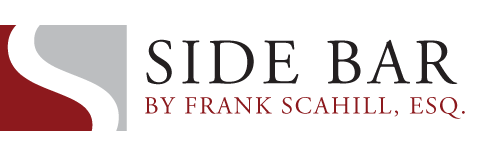Prof. Wigmore argued that "Cross-examination is the greatest legal engine ever invented for the discovery of truth."
Jurors set the bar very high for defense attorneys and how they perform during cross-examination. They have watched countless hours of courtroom drama on television and in movies and are looking for some excitement on cross. The "Art of Cross-Examination" is often lost in squabbles with witnesses and the presiding Judge, inept questioning, pure boredom, and a lawyer's unnerving propensity to speak ad nauseam.
What works best is unique to each case and to each attorney. There is no one formula that you can use that will help you in every case.
Consider your goals on cross. Rarely will there be that knockout punch where the witness falls apart in front of you, although that does happen If your witness is on the mat facing a 10 count, don't be the person in the room with the greatest look of surprise-poker face required-although you may be jumping out of your skin inside.
Credibility should be your mantra. You want to question the credibility of the witness while keeping your credibility intact and pristine in front of the jury. If you are not able to question a plaintiff's credibility during your cross-examination, you will lose the case. For this reason, lead with your best punch. Don't start with mindless details. Get the jurors' attention with your best shot, right out of the gate. Each time you receive an evasive answer, strike again. Ask the Court to admonish the witness to answer yes or no if the witness is giving rambling explanations. Keep your cross simple. Confusing questions confuse the witness, the court, and your jury.
Consider the following cross:
Q. When you told this jury on direct examination that you never injured your back or your neck in a prior accident, was that answer true and accurate?
A. Yes, it absolutely was!
Q. Do you recall a motor vehicle accident which occurred on 5/16/09 in Brentwood, New York on Larimore Street and West Neck Road?
A. Yes, but I was not hurt in that accident.
Q. Did you file an application for benefits following that accident where you were asked to describe your injuries?
A. I don't recall that.
(An application for no-fault benefits from the 5/16/09 accident is marked for identification by the Court)
Q. I show you what has been marked as Defendant's Exhibit A, do you recognize that document?
A. Yes I do.
Q. Is that the application for benefits you filed after the 5/16/09 Motor vehicle accident?
A. Yes, I think so.
Q. Did you sign that document on 6/13/09 in three different places?
A. Yes.
Q. Did you list the injuries you suffered in the 5/16/09 accident on that form?
A. Yes, I did.
Q. Can you tell the jury what you listed back in June of 2009 as the injuries you suffered in the 5/16/09 accident?
A. I put neck and back.
Q. So when you told the jury this morning on direct examination that you never injured your back or your neck in a prior accident, that answer was false, is that correct?
A. Well, I ahhhh
Q. That question requires a "Yes" or No" Madam.
A. No it wasn't 100% correct.
Q. You had an opportunity to tell the jury the complete truth this morning, to tell them the whole truth, yet you choose to tell the jury something that was false, is that also accurate?
A. Ummm yes, I guess so
Now you are off to the races. You have severely damaged the credibility of the plaintiff and the jurors are all shaking their head at the lout on the stand.
Keep your cool, slow down, and keep a steady pace. Good Luck!

